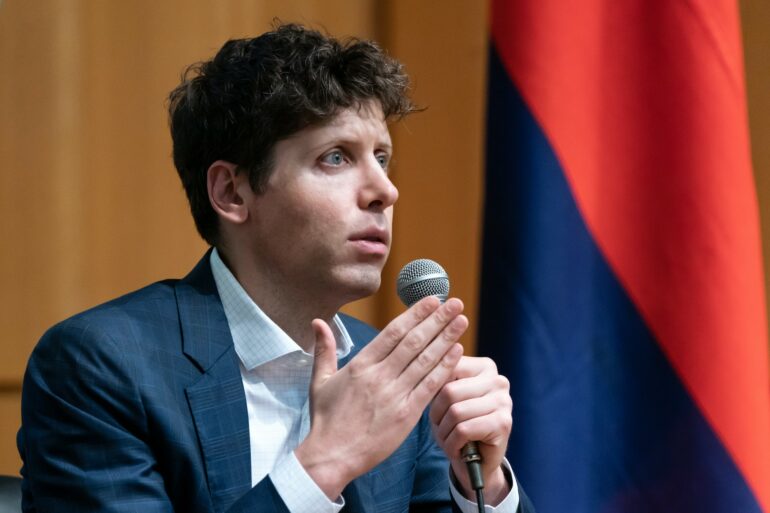The board of OpenAI, creator of the popular ChatGPT and DALL-E artificial intelligence tools, fired Sam Altman, its chief executive officer, in late November 2023.
Chaos ensued as investors and employees rebelled. By the time the mayhem had subsided five days later, Altman had returned triumphantly to the OpenAI fold amid staff euphoria, and three of the board members who had sought his ouster had resigned.
The structure of the board – a nonprofit board of directors overseeing a for-profit subsidiary – seems to have played a role in the drama.
As a management scholar who researches organizational accountability, governance and performance, I’d like to explain how this hybrid approach is supposed to work.
Hybrid governance
Altman co-founded OpenAI in 2015 as a tax-exempt nonprofit with a mission “to build artificial general intelligence (AGI) that is safe and benefits all of humanity.” To raise more capital than it could amass through charitable donations, OpenAI later established a holding company that enables it to take money from investors for a for-profit subsidiary it created.
OpenAI’s leaders chose this “hybrid governance” structure to enable it to stay true to its social mission while harnessing the power of markets to grow its operations and revenues. Merging profit with purpose has enabled OpenAI to raise billions from investors seeking financial returns while balancing “commerciality with safety and sustainability, rather than focusing on pure profit-maximization,” according to an explanation on its website.
Major investors thus have a large stake in the success of its operations. That’s especially true for Microsoft, which owns 49% of OpenAI’s for-profit subsidiary after investing US$13 billion in the company. But those investors aren’t entitled to board seats as they would be in typical corporations.
And the profits OpenAI returns to its investors are capped at approximately 100 times what the initial investors put in. This structure calls for it to revert to a nonprofit once that point is reached. At least in principle, this design was intended to prevent the company from veering from its purpose of benefiting humanity safely and to avoid compromising its mission by recklessly pursuing profits.
Other hybrid governance models
There are more hybrid governance models than you might think.
For example, the Philadelphia Inquirer, a for-profit newspaper, is owned by the Lenfest Institute, a nonprofit. The structure allows the newspaper to attract investments without compromising on its purpose – journalism serving the needs of its local communities.
Patagonia, a designer and purveyor of outdoor clothing and gear, is another prominent example. Its founder, Yvon Chouinard, and his heirs have permanently transferred their ownership to a nonprofit trust. All of Patagonia’s profits now fund environmental causes.
Anthropic, one of OpenAI’s competitors, also has a hybrid governance…



